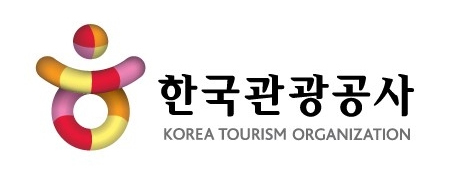
APRIL 18-21, 2017
|
News
Sponsors
Previous Events
Channels
Logo
You can download the logo here.
|
Abstractocyte: A Visual Tool for Exploring Nanoscale Astroglial Cell MorphologyAbstractWe present Abstractocyte, a novel visualization system for the detailed analysis of astrocytes in brain tissue. Astrocytes are nonneuronal cells in the brain, which are support structures for neurons. In order to image astrocytes and their fine sub-structures, high resolution imaging is required. However, the complex and widely branching morphology of astrocytes makes visualization and analysis challenging. Most previous visualization research has focused on the analysis of neurons and synapses, while ignoring the analysis of astrocytes. In Abstractocyte, biologists can simultaneously explore the morphology of astrocyte cells while analysing neighboring neurons and their neural connectivity. We allow users to explore their data at different levels of abstraction. Users can go from a concrete, highly-detailed 3D view to a simplified and abstracted 2D view of the same data. This abstraction can be done independently for astrocytes as well as for neurites, thereby spanning a 2D space of possible abstraction levels. Our system morphs from one abstraction level to the next, either by smoothly interpolating, or by snapping from one abstraction level to the next. Such approach is of particular interest to assess astrocytic coverage of synapses, a feature of great interest to neuroscientists as the morphological relationship between astrocytes and neurons impacts energy support, recycling of transmitters, and fine-tuning of synaptic activity. Abstractocyte was designed to support the analysis tasks our collaborators have identified as critical to their research. Here we report initial feedback from them. |














